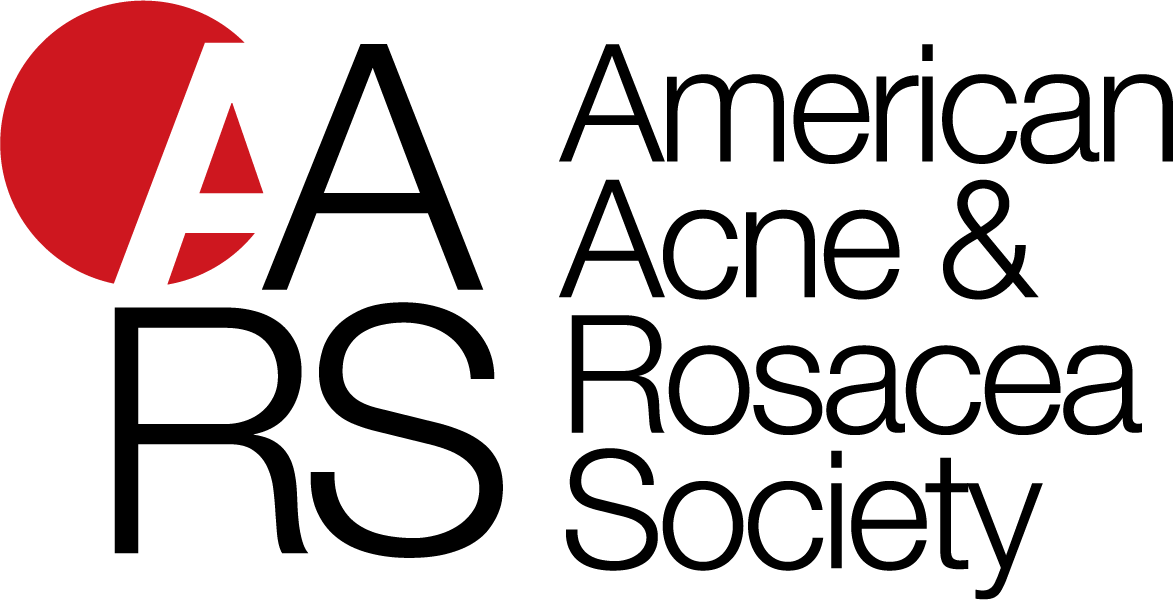Alan O’Neill, PhD
University of Colorado, San Diego
Department of Dermatology
San Diego, CA
2018 Clinical Research Grant Recipient
Metagenomic Analysis of the Acne Skin Microbiome During Isotretinoin Therapy
Abstract
Acne vulgaris is an inflammatory disease of the pilosebaceous unit with a complex etiology involving several contributing factors, of which colonization by Cutibacterium acnes (C. acnes) is crucial. Isotretinoin has been used in the US for the treatment of acne for over 30 years and has proven highly successful for patients with severe acne, or moderate acne that is treatment[1]resistant. Isotretinoin suppresses sebum production and can significantly reduce the size and number of lesions, but mechanistically very little is known about the drugs effects on C. acnes strain populations or their immunomodulatory activity. We have used high-resolution sequence typing to demonstrate that the microbiome of acne vulgaris is characterized by a shift from health-associated K- and A-type C. acnes strains to acne-associated C- and F-type strains. These acne-associated strains induce greater cytokine responses in primary human keratinocytes and sebocytes, suggesting an important contribution to acne inflammation and pathogenesis. Moreover, our data shows that genetically similar isolates have significantly different virulence profiles that are relevant to disease. In this project, we will sample lesional and non-lesional sites of acne-affected skin from patients before, during and after isotretinoin therapy. This will allow us to generate an in-depth record of all the genetic elements of the skin microbiome, including abundance and source of putative virulence determinants, in acne lesions as they respond and resolve over time during isotretinoin treatment. At different treatment stages, we will also isolate C. acnes isolates and determine their immunomodulatory capacity both in vitro and in vivo. We predict that C. acnes capacity to induce cytokines will differ during different treatment stages and during clearance of acne lesions. Insights generated by this approach could be valuable for new microbiome-based treatment approaches that seek to reestablish a normal ‘health[1]associated’ microbial population in combination with current treatment strategies.



